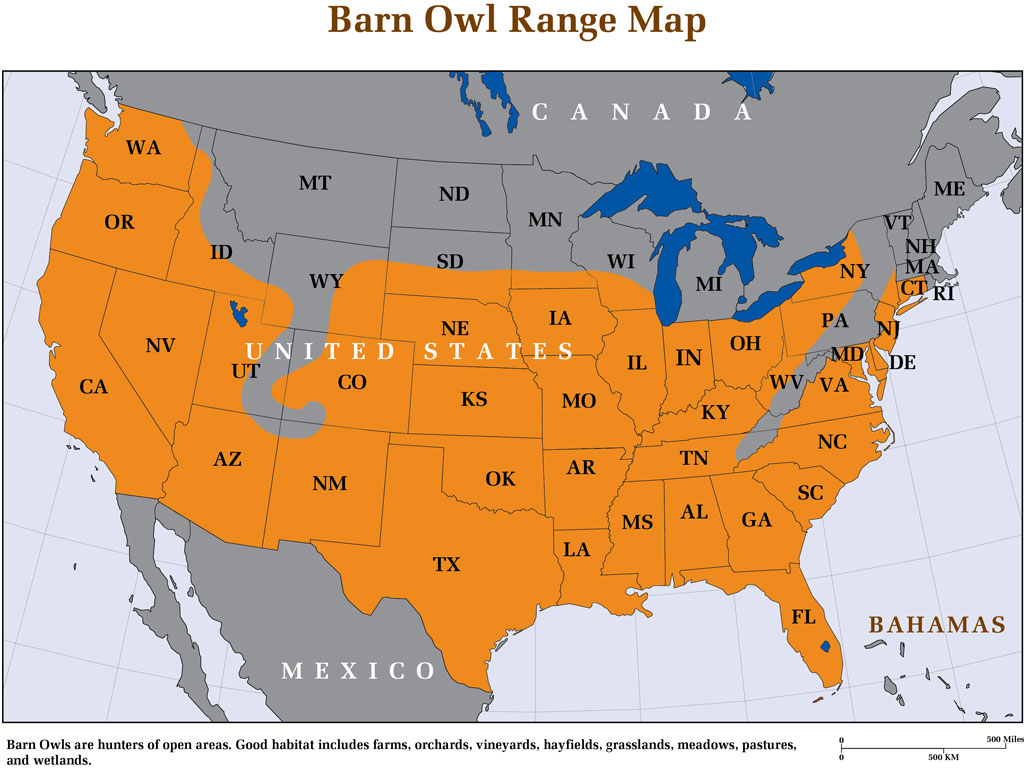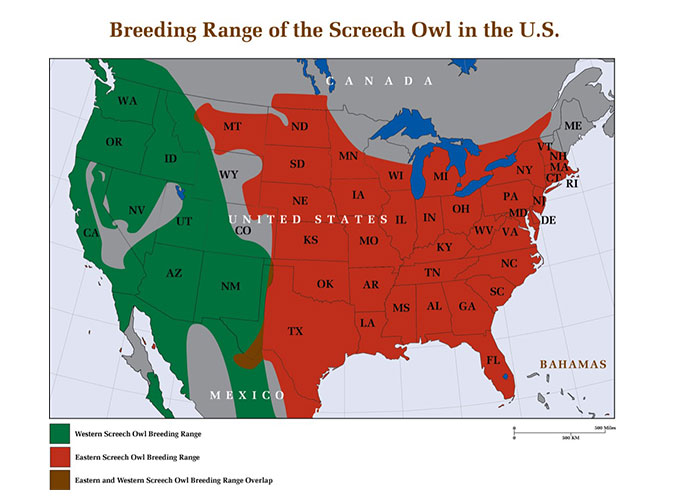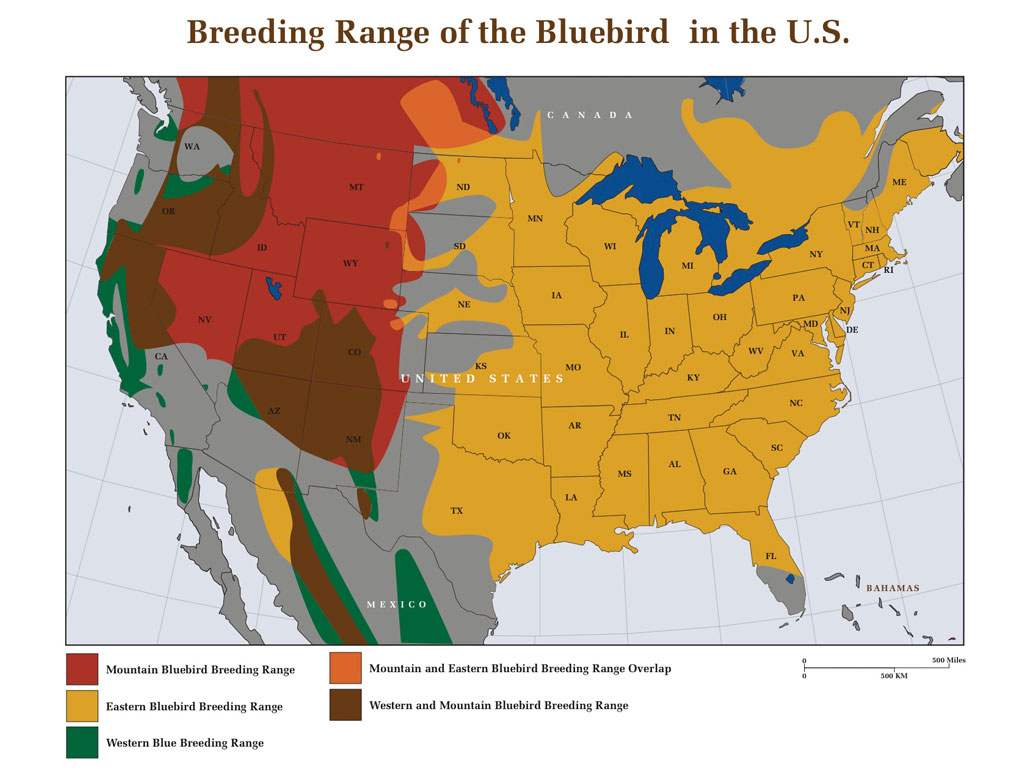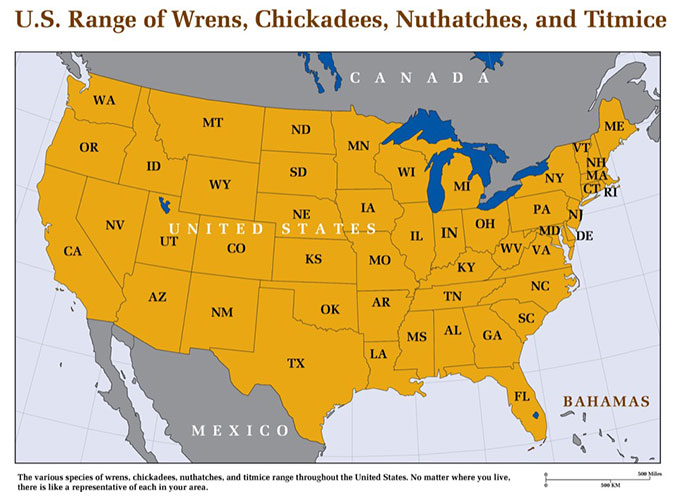Free Shipping to the Contiguous United States
Screech Owl Breeding Behavior
Breeding Habits of the Screech Owl
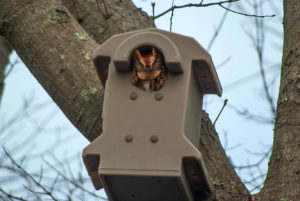
Screech Owl Breeding Season
During the snows and winds between late December and mid-February, male screech owls return to the previous year’s breeding sites. These may be holes in trees or nest boxes. 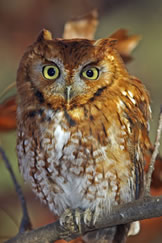 Here they reclaim their territory, calling frequently, and roosting in both their nest cavity and in nearby trees. By mid-March, when the trees have begun to bud and crocuses have pushed their way up through the soil, the females join them, returning from whatever hunting grounds they inhabited through the winter. Prior to egg laying, the two engage in frequent calling, mutual preening, and mating.
Here they reclaim their territory, calling frequently, and roosting in both their nest cavity and in nearby trees. By mid-March, when the trees have begun to bud and crocuses have pushed their way up through the soil, the females join them, returning from whatever hunting grounds they inhabited through the winter. Prior to egg laying, the two engage in frequent calling, mutual preening, and mating.
The females will usually spend a few days roosting in various places around the nesting site. At this time, the male often occupies the nest cavity, calling from within. Then, either the female joins the male or occupies the nest on her own. Once inside, she leaves only at dusk and perches nearby where the male feeds her. Throughout her time in the nest, the male roosts nearby and maintains vocal contact with soft trills. This is an excellent time to observe them.
Screech Owl Eggs
Usually by the third week of March, egg laying begins. Although most owl species lay eggs in two day intervals, screech owls tend to produce their first three eggs on a daily basis. After the third egg, longer intervals take place between laying, sometimes greater than the two day interval. Four eggs is the average for a clutch, but clutches of five and six are not unusual. Like other cavity nesting birds, screech owl eggs are plain white. (The eggs of birds that nest in cavities do not need to be camouflaged like the eggs of open nesters.)
Incubation
During incubation, the female applies a bare patch on her underside to each egg in turn to keep them at the necessary temperature for development. While the female watches over and incubates the eggs, the male hunts the area and faithfully delivers prey. It takes 29 to 31 days on average for the eggs to hatch, so most screech owl broods are hatching as the leaves are unfolding on the trees in late April. Surprisingly, only about 50% to 60% of screech owl eggs hatch. (Many other owls hatch out 80% or more.)
During incubation, the males roost at distances of fourteen to twenty feet from the nest, but at hatching time, the males move in as close as six feet. Once the clutch has hatched, the male then moves further away again. So, keeping an eye on the movements of the male can give good indications of what is happening in the nest.
Young Screech Owl Development
Brooding females take a 10 to 30 minute break from their duties usually twice a night—once around dusk and once around dawn. Such breaks are a good time for the female to preen, defecate, stretch her wings, and interact with the male.
Males always bring their prey in whole or headless at best. It is the female’s role to tear apart the large items into pieces the young can swallow. This is typical among owls. If the male arrives at the nest with prey when the female is taking her break, he simply tosses in the prey whole as usual.
The young screech owls grow fast and take anywhere from 24 to 32 days to reach adult weight with fully formed flight feathers. At this point, the parents indulge in a little encouragement for the kids to leave the nest by withholding food. In fact, they will actually remove cached prey items from the nest at this point to further reduce food availability.
The Fledging Period
Around late May or early June one young screech owl after the other ventures outside, taking short hopping flights to nearby branches. Despite their adult size and fully developed feathers, fledglings cannot fly and rely on a few days dependency to flap their wings and develop the necessary muscles. During this stage, the fledglings tend to group together, waiting for food from both parents. After three to five days, the young are able to make flights of up to thirty feet; and by their second week they can keep up with their parents.
The fledging period of screech owls is the most dangerous time in the birds’ lives. This is when they are most vulnerable to predators and accidents due to their inexperience. The birds must learn quickly to adapt to their immediate environment.
By their second week, they may have moved as much as 300 feet from the nest. Now the young screech owls begin to hunt, insects at first. They are still clumsy, and less successful in catching prey than the adults, but they are learning. This period in which the young remain in the nesting area lasts for eight to ten weeks during which the young birds hone their skills.
Fledgling Dispersal
By August or early September, the birds have become proficient hunters and have learned to avoid danger and are ready to move on to their own territories. They are now taking the full range of prey, from crickets and moths to shrews and mice. Unlike barn owls, which often disperse hundreds of miles, young screech owls do not migrate and only move relatively short distances away from where they were raised. Most yearling screech owls are found breeding 1 ¼ to 2 miles away from their natal area.
Screech Owl Nest Boxes
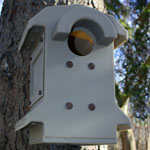
Screech owls are easy to attract to nest boxes. For more info on attracting screech owls and screech owl nest boxes, go to our page on the Screech Owl Nest Box.

